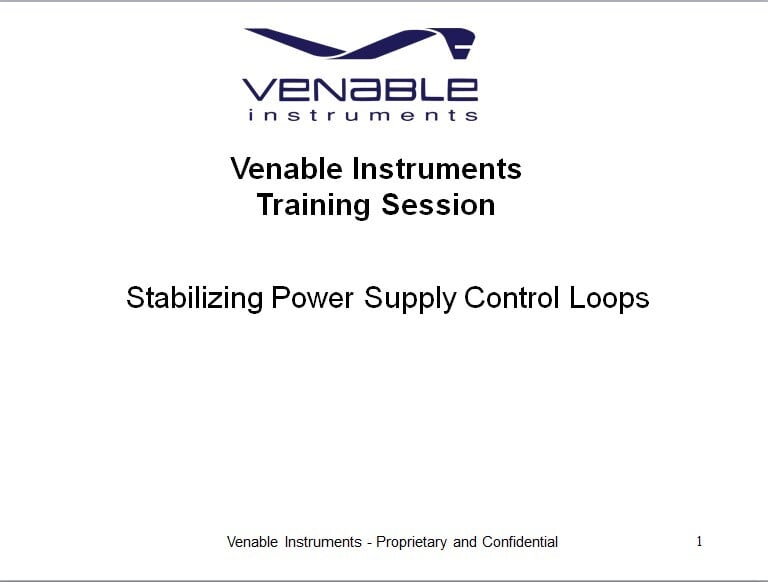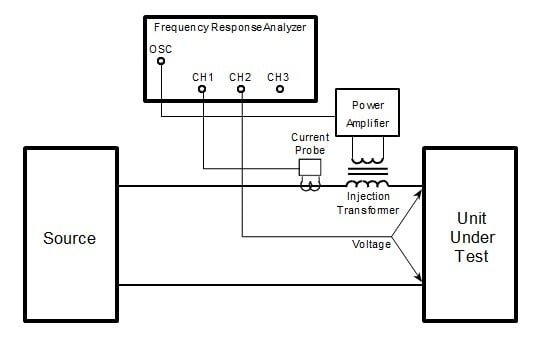Current Mode Control Power Supplies
By Ford Mays - May 15, 2019
Current mode control, one of the significant topologies in power electronics, has actually been in use for many years under another name — the discontinuous mode fly back converter. This blog post provides an introduction to this topic, which is covered in great detail in our full white paper, Current Mode Control.
Switching-mode power supplies (SMPS) are electronic power supplies that use a switching regulator to efficiently convert electrical energy from one form to another such as converting between AC and DC or changing the voltage or frequency. The pass transistor of a SMPS supply continually switches between low-dissipation, on and off states, spending very little time in the high dissipation to minimize wasted energy. Voltage is regulated by varying the ratio of on-to-off time.
Efficiency, size and weight are the key advantages of SMPS, compared to linear power supplies, which regulate the output voltage by continually dissipating power as heat. SMPS are, however, more complicated. Their switching currents can cause electrical noise problems if not carefully suppressed, and simple designs may have a poor power factor.
Control of SMPS output can be achieved by monitoring and adjusting for output voltage or current, and these two approaches are called voltage mode and current mode. Most power supply applications require a constant output voltage as current is drawn from zero to the full rated current of the supply – for such applications voltage mode is used. In contrast, current mode controls the output current to provide a constant current into a variety of load voltage conditions. In both cases SMPS are designed with closed-loop feedback circuitry to provide stable voltage or current.
Depending on the application either voltage mode or current mode are usually used though it is also possible to use both in one power supply, but with only one mode regulating at a time. There are many advantages and disadvantages in deciding to use either voltage mode or current mode as well as design implications.
For example, voltage mode control utilizes a scaled value of the output voltage as the feedback signal. This is simple but has the disadvantage that regulation of output voltage can be unacceptably slow because it requires sensing and then propagating a change in output voltage through the feedback loop before the output is appropriately adjusted. Current mode control addresses this reaction time using the inductor current waveform for control.
For more advantages, and detailed design considerations, download the white paper, Current Mode Control.
Read Related Blog Posts:
New Techniques for Measuring Feedback Loop Transfer Functions in Current Mode Converters
Best of Content - Loop Stability Analysis



